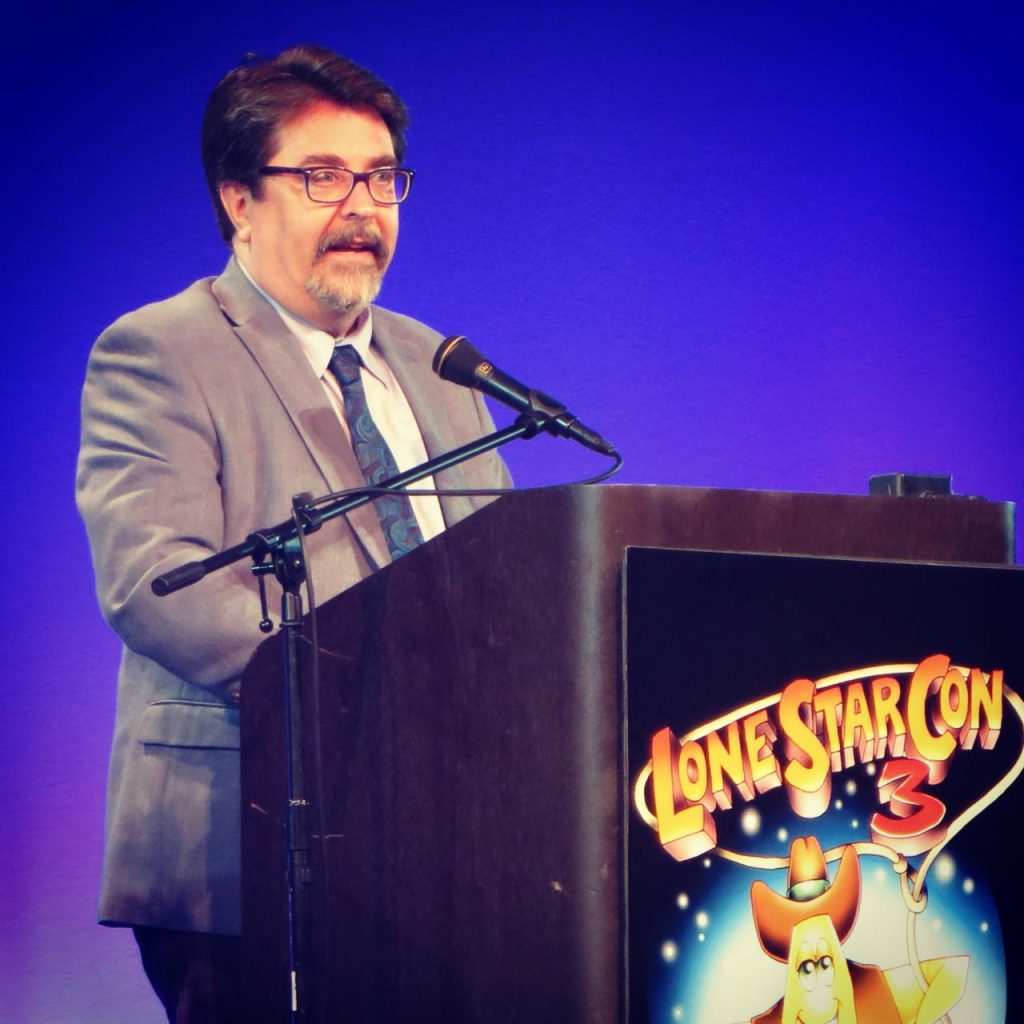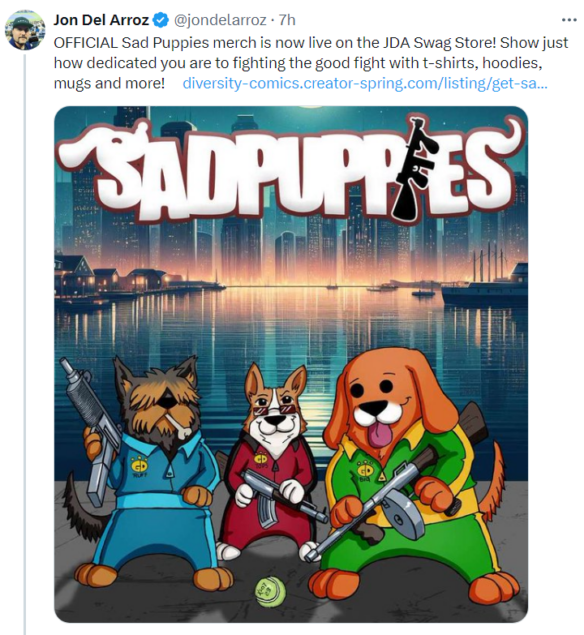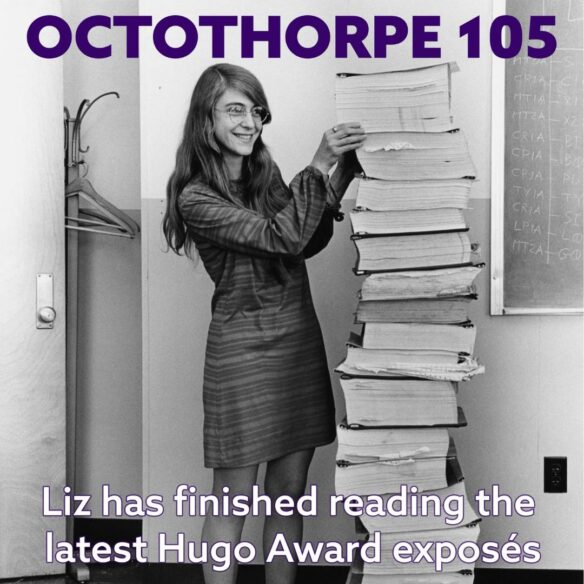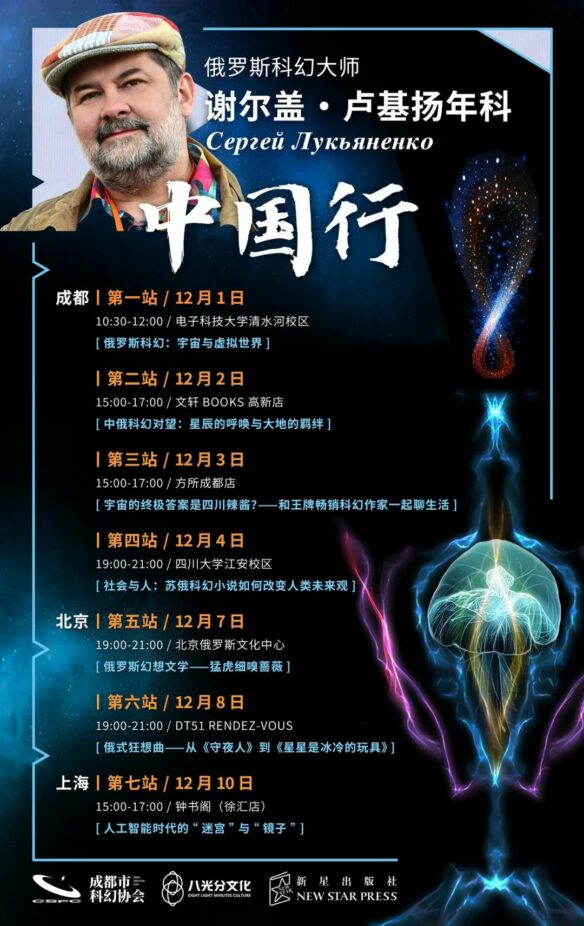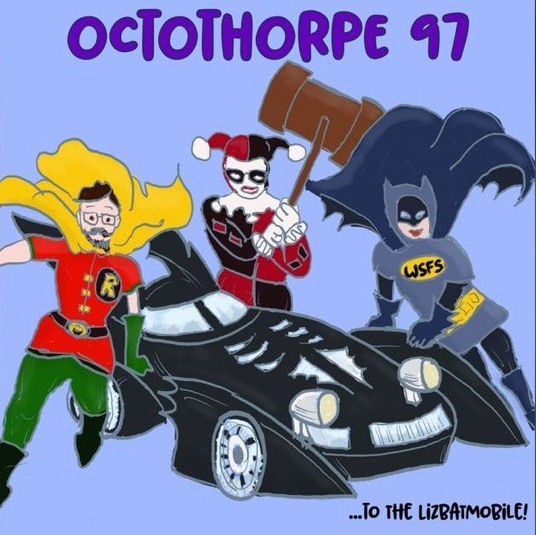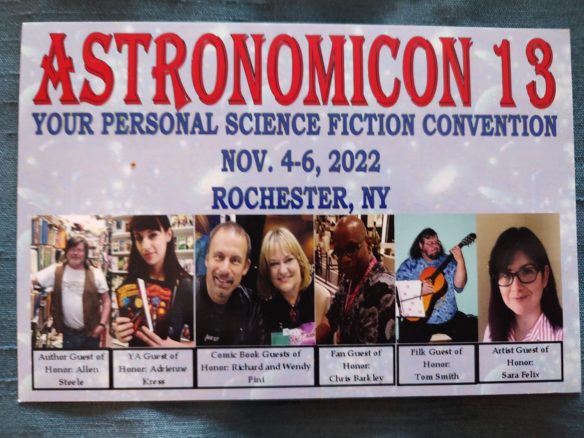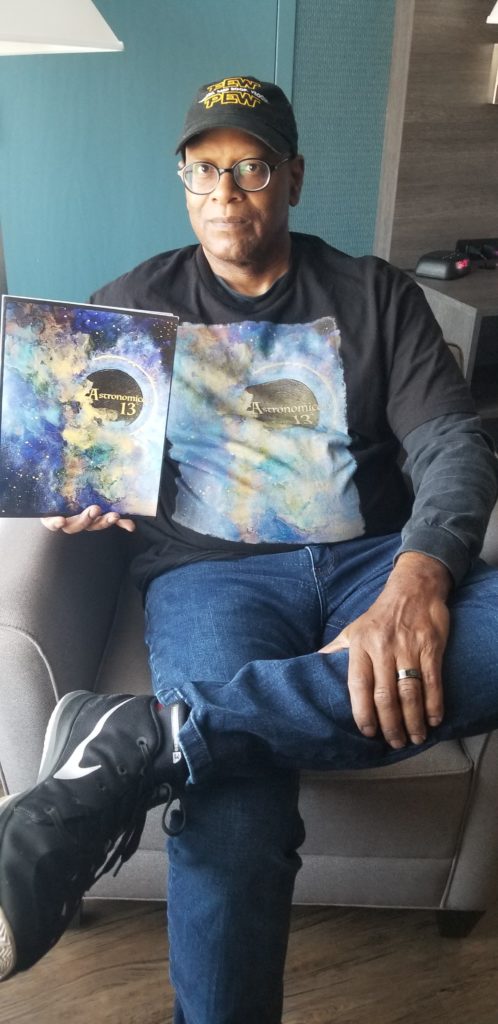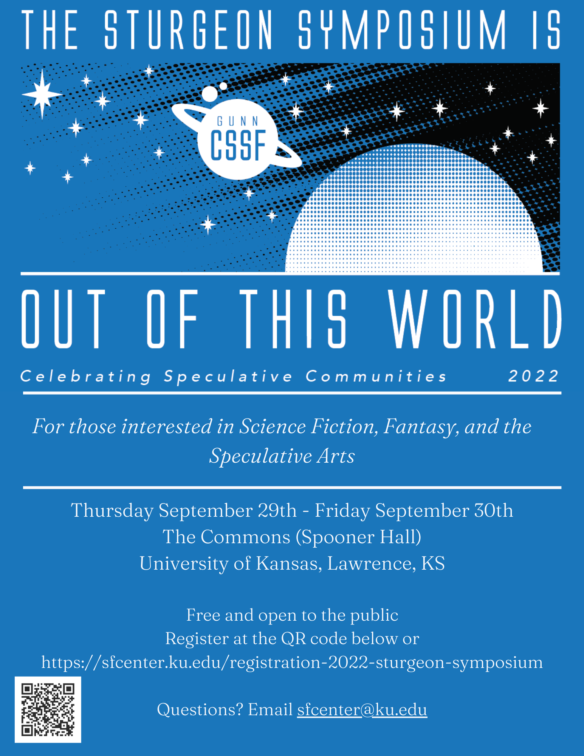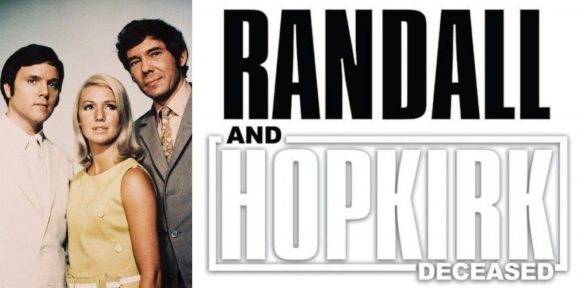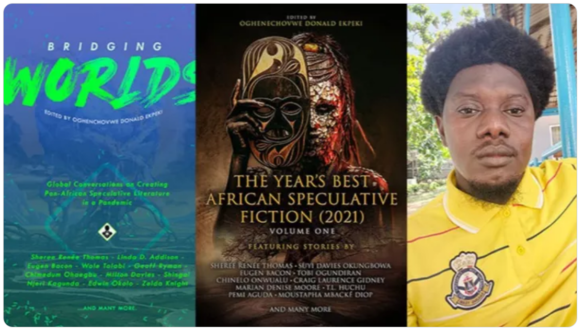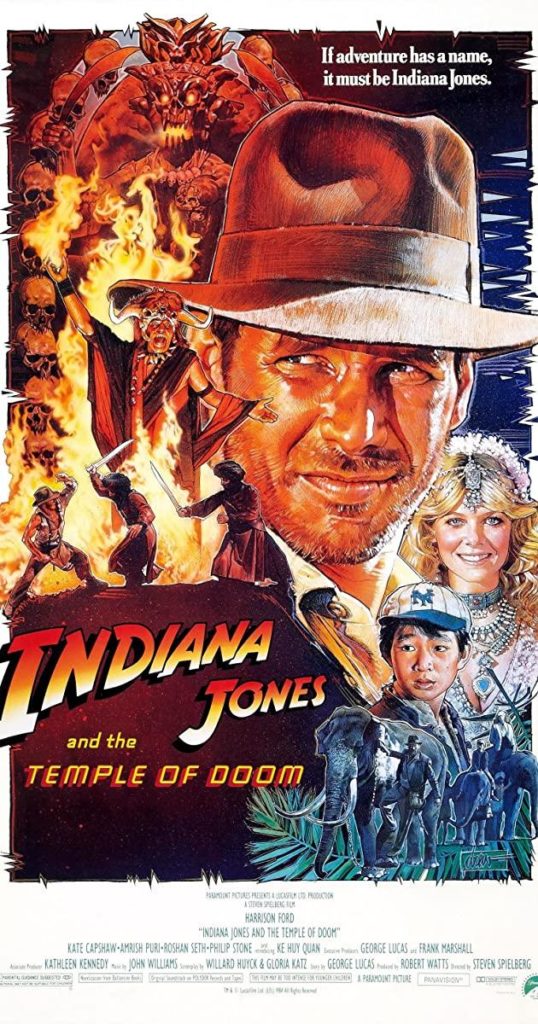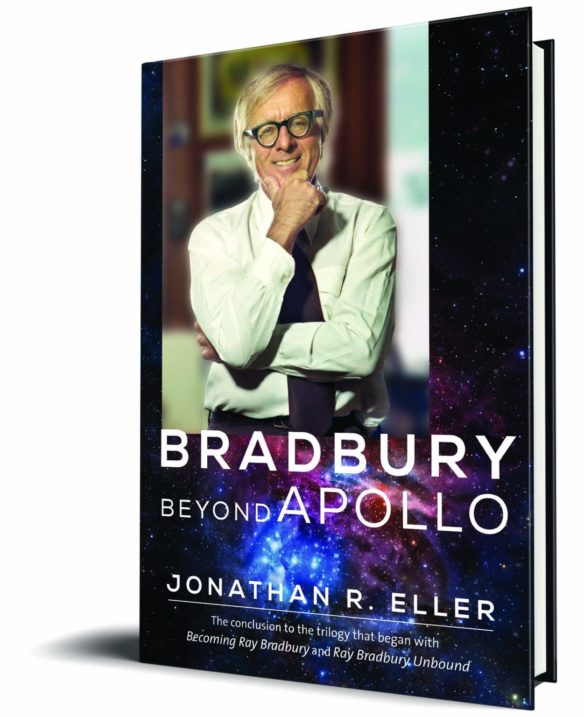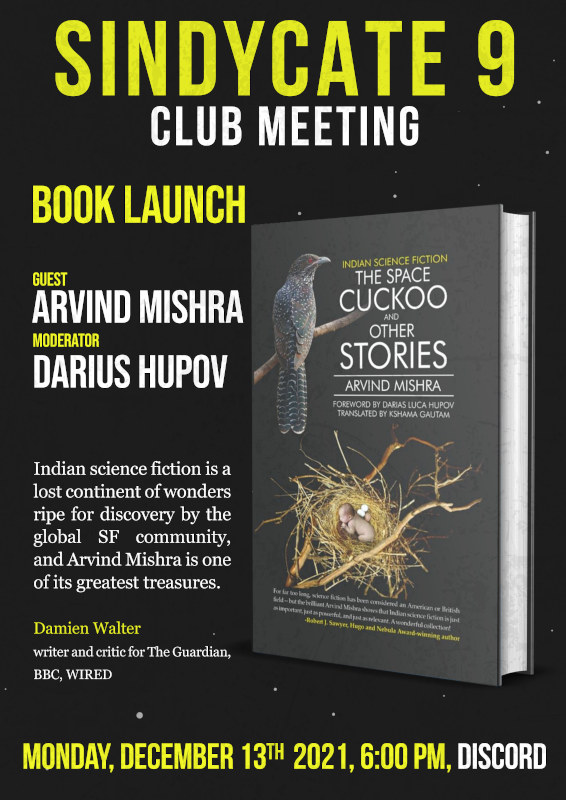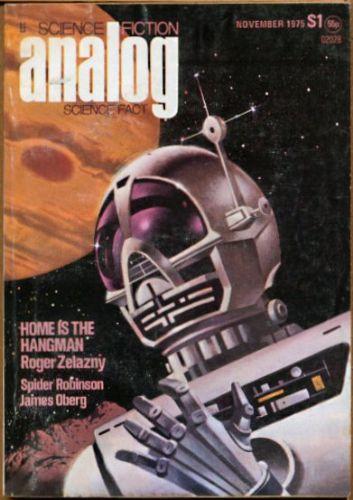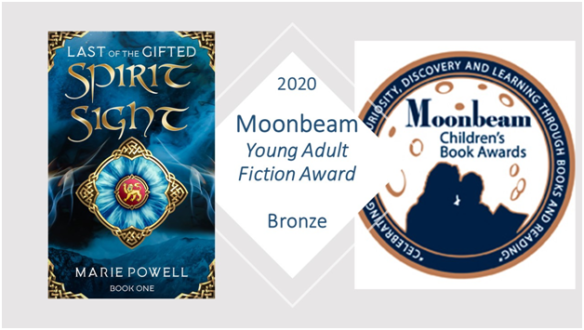(1) STAR WARS AND SDI EXHIBIT. Longtime LASFSians may remember Jerry Pournelle telling about the meetings of the Citizens’ Advisory Council on National Space Policy he once organized at Larry Niven’s house, which contributed some ideas to the Reagan administration’s “Strategic Defense Initiative” (nicknamed “Star Wars”). Now the Reagan Presidential Library is combining memories of SDI with an exhibit of Star Wars memorabilia in “Defending America and the Galaxy: Star Wars and SDI”. It’s open through September 8.

Star Wars may have been a transformative movie, but SDI transformed our national security.
Join us at the Reagan Library for a fun and informative exhibition on Star Wars – both the real-world technology of SDI, as well as items from the movie phenomenon. The exhibition will include original items from SDI including an authentic Command Launch Equipment Console, as well as props, costumes, and concept art from the Star Wars franchise, including a Landspeeder made for A New Hope, master replicas of Luke Skywalker’s lightsaber made from the original mold of The Last Jedi, and an original script signed by Dave Prowse (actor who portrayed Darth Vader in the original trilogy). With special thanks to Propstore (propstore.com), Entertainment Memorabilia Auctions, the exhibit will also showcase an original dress worn by Princess Leia, original sketches by George Lucas of the spaceships, and original helmets worn by Darth Vader, Stormtroopers and more.
(2) HUNGER GAME$ Variety brings word of a “New ‘Hunger Games’ Movie Set for 2026”. There will be a new book in the series, too.
A new “Hunger Games” prequel film will be released in theaters in 2026.
After last November’s “Hunger Games” prequel “The Ballad of Songbirds and Snakes” charmed its way to $337 million at the box office, Lionsgate teased that moviegoers may not have seen the last of Panem, the dystopia where the story is set — even though the spinoff story covered the entirety of author Suzanne Collins’ 2020 novel of the same name….
… To that end, Collins is writing a new book, “Sunrise on the Reaping,” to be released in 2025. The film adaptation will hit theaters on Nov. 20, 2026. Francis Lawrence, who has helmed every “Hunger Games” installment since 2012’s “Catching Fire,” is in talks to direct.
(3) HPL ON THE BLOCK. Eighty-four pages of H. P. Lovecraft letters compose a lot in Heritage Auction’s June 27 offering Part I of the collection of Important English and American Literature from the library of William A. Strutz. “H. P. Lovecraft. Small archive of nine lengthy autograph letters”.
Nine autograph letters signed with six addressed envelopes (four signed “HPL”, four signed “E’ch-Pi-El”, and one signed “H.P. Lovecraft”)…
…[Lovecraft comments on] the inspirations and influences of his own writing style: “You are right in saying that Poe is my chief source & model – & I can assure you that I have never presumed to compare my stuff to his, qualitatively… That is why I dispute your statement that my tales suffer from a ‘lack of warmth’. I may not have the warmth – but tales of the sort I write don’t require such a thing. Indeed – I’ll go a step further & express the opinion that a romantic or especially human element in a weird tale is a definite defect & dilution. The weird writer must above all else be cosmic & objective – with no more sympathy for mankind & its petty values than for the daemons that oppose mankind. Without this impersonal independence & unconventionality, weird fiction sinks quickly into a namby-pamby condition…” (letter dated Aug. 28, 1931). And continues in his next letter of September 3, 1931: “I still insist that ‘warmth’ is an element not properly belong to weird fiction as a genre… What you term ‘coldness & formality’ of style is what I call objective plainness – the bold, neutral simplicity which includes as frills, trivialities, or irrelevancies, & of which treats all phenomena – cosmic, terrestrial, human, or otherwise – as of perfectly equal importance in an infinite, futile, & meaningless cosmos…”
(4) CONSERVATIVE IDEAS FAIL THE TEST SAYS TINGLE. Chuck Tingle took another victory lap over the Rabid Puppies today.
(5) OCTOTHORPE. In episode 111 of the Octothorpe podcast, “Slightly Lower Tolerance for Feelings”, John Coxon, Alison Scott, and Liz Batty read the Hugo Award finalists for Best Novel.
We talk about each of the novels, what we liked and what we didn’t, and then we each say how we’re (currently) planning to rank them on the ballot.
Uncorrected transcript here.

(6) VIEW ONLINE. [Item by lance oszko.] Some items from the Balticon 58 Film Festival are publicly available. See links here: “Winner of Balticon 58 Short Film Festival 2024”.
(7) ALAN SCARFE (1946-2024). Alan Scarfe, the classically trained British Canadian actor known for his turns as bad guys in Double Impact and Lethal Weapon III and as Dr. Bradley Talmadge on the UPN sci-fi series Seven Days died April 28. The Hollywood Reporter profile includes these additional genre roles:
…Born in England and raised in Vancouver, Scarfe portrayed the Romulans Tokath and Admiral Mendak on episodes of Star Trek: The Next Generation in 1991 and 1993 and was another alien, the powerful Magistrate Augris, on a 1995 installment of Star Trek: Voyager.
“Science fiction on film and television, especially if you are playing some kind of alien character with fantastic make-up, is great for actors with a strong stage background,” he said in a 2007 interview. “The productions need that kind of size and intensity of performance. You can’t really mumble if you’re a Klingon.”…
(8) TODAY’S BIRTHDAY.
[Compiled by Cat Eldridge.]
June 6, 1950 — Gary Graham. (Died 2024.) I was trying to remember where first saw Gary Graham as a genre performer. What I remember him most for is in the recurring role of Soval, the Vulcan ambassador to Earth, in the Enterprise series. It was a most excellent performance by him.
So it turns out that it was the Alien Nation franchise in which he played Detective Matthew Sikes, which aired from the late Eighties until mid-Nineties, where I first saw him. Great role by him it was indeed.

He had the recurring role of Captain Ken Hetrick on what I think was the underappreciated M.AN.T.I.S. series. Yes, it was a slightly awkward merging of a police procedural and a SF superhero story but I liked it a lot.
Finally he got involved in one of those fanfic Trek videos that CBS decided to ignore as long as they didn’t attempt to make them a commercial property, e.g. sell them as DVDs. (Yes, this one asked CBS to sell them for them. You can guess the answer.)
In Star Trek: Of Gods and Men and the web series that came off it he was Ragnar, a shape-shifter, who led a rebellion against the Federation. Bet that didn’t end well.
They claim CBS authorized them to write it as a script for a new series. Of course neither CBS or Paramount ever publicly said anything about this. They didn’t block the use of the characters either. You’re welcome to watch here as it’s legal.
(9) COMICS SECTION.
- Thatababy has a musical riddle.
- Broom Hilda reveals the missing scene from a monster movie.
- Boondocks finds a reason for making super soldiers.
(10) PERSISTENT TECHNOLOGY. The resurgence of interest in film photography leads to consideration of “The Lost Art of the Negative” by the New York Times. Customers who have been sent the photos often don’t return for the negatives.
…“The very-big-picture legal issue is the difference between ownership of the negatives and ownership of the copyright,” said David Deal, a former professional photographer who now practices copyright law. “When those two things are detached from one another, then all hell breaks loose.”
Put simply: Whoever has the negatives has the mechanism to reproduce the work but not the copyright to do so; the artist sans negatives has the right but not the means.
It’s a concept that has been battered in the age of digital cameras, then left for dead with the advent of iPhones. Dinosaurs of the photography game, negatives are the original images that are burned into frames when film loaded into an analog camera is exposed to light. They once were the primary deliverable when processing a roll of film.
In the digital age, most shops where people get their film developed will scan the negatives into a computer and just email the photographs to their customers.
“Negatives would’ve never been forgotten before, because people had to pick up the digital copy,” said Richard Damery, a developer who has worked at Aperture Printing in London for 15 years. “They can now have everything uploaded to them. They forget about the negatives.”
It can be hard for some to imagine (or remember) a time when a photograph involved more steps than just the instant gratification of looking down at a screen.
That’s especially true for much of Gen Z, the driving force behind the contemporary film resurgence. The industry has boomed in the years since the pandemic, and not just with upmarket brands like Leica; the classic Fujifilm disposables are back, too. For many young shooters, the anticipation and delayed payoff of film are a welcome salve to the 24/7 exposure of apps like Instagram….
(11) NO MORE DISCS DOWN UNDER? “Disney locks the Vault, ceases DVD distribution in Australia” reports A.V. Club.
In another win for Disney+, The Walt Disney Company has ceased DVD and Blu-ray distribution in Australia and New Zealand. As confirmed by a spokesperson for The Walt Disney Company in Australia and New Zealand, Guardians Of The Galaxy Vol. 3 will be the final release from the Mouse House in the countries. However, we’ve been assured that viewers can watch Disney+ to enjoy Disney classics and new releases, such as Willow season one and Artemis Fowl. The only option for viewers looking to score a copy of the 4K release of Cinderella is through international retailers because once stock runs out in the country, Disney will not replenish.
As noted by The Digital Bits, which first confirmed the news, the move is not surprising. Disney has already stopped distributing DVDs in some Asian and Latin American countries. Physical media sales in the region are dismal, and as global retailers like Amazon suck up a market share of customers, Disney has fewer reasons to keep shelves stocked….
(12) DISTANCE LENDS DISENCHANTMENT. CBR.com claims there are “10 Ways The Hobbit Trilogy Has Aged Poorly”. The movie, that is.
9. There Is Too Much Emphasis on Azog
Spotlight on villains is often admirable, but in the case of The Hobbit, it works to the film’s detriment. To accommodate for the book’s lack of a recurring antagonist and to set up a final fight for Thorin, Azog was introduced. One of the many aspects wrong with Azog in the movies is his very presence, as he was killed years before Bilbo journeyed to the Lonely Mountain in Tolkien’s novel.
Overall, Azog adds little to the plot. He doesn’t differ from any other orc in a relevant way, nor does he serve a major purpose beyond fueling Thorin’s rage towards orcs. What makes his sizable amount of screentime more confusing is the fact that Bolg, the son of Azog, could have fulfilled his role as the orc chieftain of the trilogy without resorting to resurrection.
(13) STARLINER ARRIVES AT ISS. Overcoming some problems, including small helium leaks, “Boeing’s astronaut capsule arrives at International Space Station” reports AP News.
Boeing’s new capsule arrived at the International Space Station on Thursday, delayed by last-minute thruster trouble that almost derailed the docking for this first test flight with astronauts.
The 260-mile-high (420-kilometer-high) linkup over the Indian Ocean culminated more than a day of continuing drama for Boeing’s astronaut flight debut carrying NASA test pilots Butch Wilmore and Suni Williams….
The Starliner capsule already had one small helium leak when it rocketed into orbit with two NASA astronauts Wednesday. Boeing and NASA managers were confident they could manage the propulsion system despite the problem and that more leaks were unlikely. But just hours into the flight, two more leaks cropped up and another was discovered after docking.
Later, five of the capsule’s 28 thrusters went down. The astronauts managed to restart four of them, providing enough safety margin to proceed. By then, Starliner had passed up the first docking opportunity and circled the world for an extra hour alongside the station before moving in.
The thrusters problems were unrelated to the helium leaks, NASA’s commercial crew program manager Steve Stich said after the docking.
Going forward in the flight, “we have some tools in our tool kit to manage this,” Stich said.
Earlier in the day, before the thrusters malfunctioned, officials stressed that the helium leaks posed no safety issues for the astronauts or the mission.
Helium is used to pressurize the fuel lines of Starliner’s thrusters, which are essential for maneuvering. Before liftoff, engineers devised a plan to work around any additional leaks in the system. A faulty rubber seal, no bigger than a shirt button, is believed responsible for the original leak….
[Thanks to Cat Eldridge, Cora Buhlert, SF Concatenation’s Jonathan Cowie, lance oszko, Steven French, Teddy Harvia, Kathy Sullivan, Mike Kennedy, Andrew Porter, John King Tarpinian, and Chris Barkley for some of these stories. Title credit belongs to File 770 contributing editor of the day Lou.]


